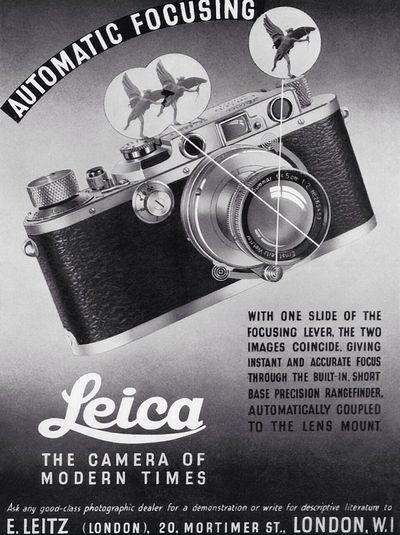Every artist, I believe, in every art, has touchstones—works of greatness or œuvres of past artists with which he or she will engage fully, in an ongoing conversation of passion, learning, and open-heartedness. We can't engage fully with everything we'd like to; we can't even experience everything there is, much less engage with everything. So the touchstones are symbols, stand-ins—best cases; we adopt some work or works of art or science or scholarship or music or craft or literature as "ours" in order to become intimately familiar, artistically and aesthetically, with something. They are in a sense the "handles" by which we latch ourselves on to the great train human endeavor and achievement as we catch a ride. Old friend, adversary, instructor, "familiar," to which we intermittently always return.
Mike
(Thanks to Jim Schley)
Original contents copyright 2014 by Michael C. Johnston and/or the bylined author. All Rights Reserved. Links in this post may be to our affiliates; sales through affiliate links may benefit this site.
(To see all the comments, click on the "Comments" link below.)
Featured Comments from:
Geoff Wittig: "That surely resonates as true for me. As Mike notes, the world of photography is far too vast to get a grip on it all. Some of it I just don't get, some I actively loathe. But there's a lot of it I like, and some of it rings like a bell to me, hitting a pitch-perfect note in sync with my personal sense of artistry. It'll be a slightly different body of work for everyone, but I'd bet most folks with an opinion about what photographs fall into the 'art' category have their own touchstones. The exact same thing applies to painting, at least for me. Many genres of painting really do nothing for me, but many appeal, and a narrower slice really resonate with the same kind of vision I'm trying to achieve. Of course, the next person might look at my notion of the ideal painting and gag. But that's why every museum has a different slant to its collection. It's a big universe of visual experience. If I dislike something, I just move on to the next painting or photograph."
Ed Kirkpatrick: "Interestingly, for me at least, it's not anything photographic but the work of the French Impressionists and especially, Monet and Renoir. I am lucky enough to live in Washington DC where The Phillips Collection features many of their great works but most especially, Renoir's 'Luncheon of the Boating Party.' The way they saw light fascinates me, and I will periodically go down to sit and stare at this piece. There is no end of visual pleasure and that refreshes me."
John Camp: "Pieter Bruegel. Cezanne. I Ido have a photograph that I keep coming back to, not for aesthetic reasons but for utilitarian ones—and that's Adams' 'Moonrise.' A very large number of people have seen this print, because there are a lot of them around—and the printing and exposure are exquisite, and the subject matter compelling. There is no such thing as 'the best photograph,' but Moonlight is a kind of 'standard candle' that you can compare everything else to, because almost anyone seriously interested in photography is aware of it, and many have seen either original prints or very, very good reproductions."



